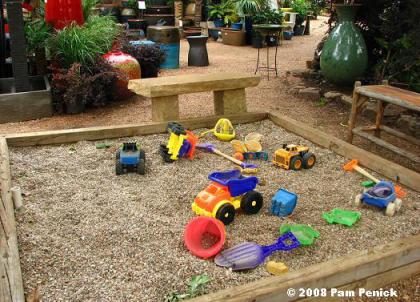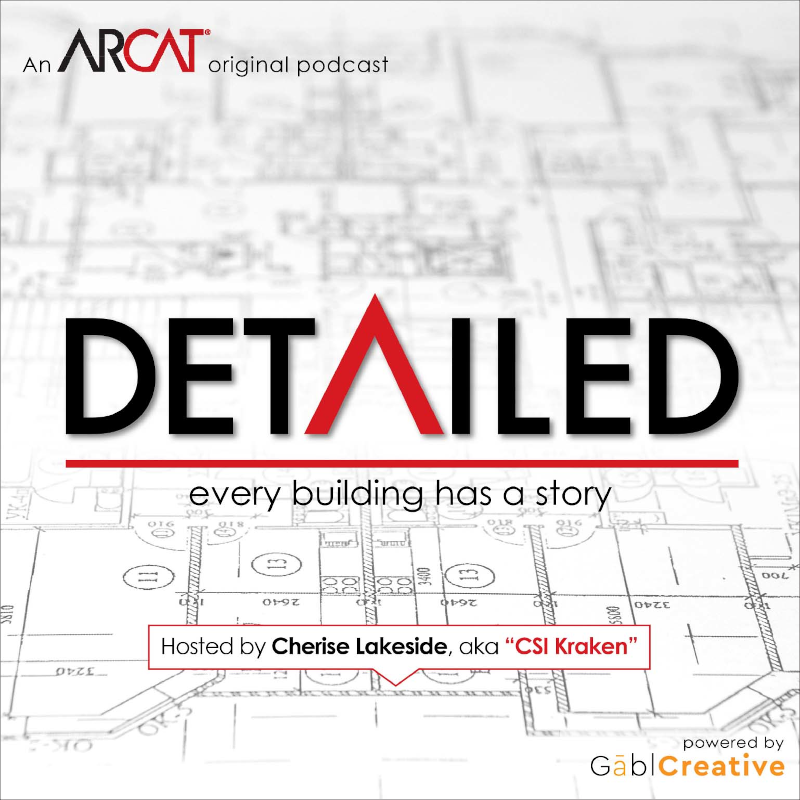|
Contributed by Eric Lussier Attending numerous education sessions at CONSTRUCT when it was held in Nashville, I was hit with an overwhelming theme during multiple sessions. These were not just sessions geared towards construction product reps like myself, either. One was delivered by David Stutzman (@dstutzman), an independent specifier for Conspectus, called “But That’s Not What I Meant! Specifying the Architect’s Intent” and the other was “Architect/Consulting Engineer Coordination: Closing the Gap” presented by Cherise Lakeside (@CheriseLakeside) who holds 25+ years of experience for an architectural firm and currently is a Construction Specifier for Ankrom Moisan Architects of Portland, OR.
Both of these sessions were presented to full rooms, with the core of the attendants being architects, specifiers or engineers. The essential moral of each of these presentations, as is commonplace within CSI, was delivering a project under ideal conditions within a full embodied team. However, as the real world shines through quite well in construction, this does not normally occur. The issues that David and Cherise both face all too many times entail one common issue: communication. Trying to build a project takes many people from many companies covering many responsibilities. While trying to see the forest (the project) through the trees (the phases of the project, the players involved, the design documents and more), it only makes sense to share, collaborate and discuss to help attain the goal. The earlier that everyone comes to this realization, the easier it should be to complete the project. BUT, even with contracts binding parties together, I kept hearing of the same issue over and over again: that people weren’t talking and weren’t sharing and not in a timely fashion. David is confronted with trying to write a specification for a project that was only in 50% design documents “and not very good design documents” and Cherise is trying to coordinate her MEP with mere weeks left in a project schedule and with incomplete information. Inspired by a great quote tweeted by Marvin Kemp (@BaltoCSI), “In a collaborative environment, you should listen, not wait to talk”. However, in order to listen, you do need to open the lines of communication. We’re not trying to steal the nuclear launch codes here, we’re trying to give the owner his ultimate vision. Why is it so hard to talk to those that we are working with? We’re so connected in this day and age, it is frightening. As Mitch Miller (@m2architek) shared “Technology is allowing access to more information, at an accelerating pace every day.” Before smartphones giving us email, posts, Tweets and more, there was only desktop email. Before desktop email, there was the traditional telephone and it came with a cord! Before the telephone, there was mail and courier service. Before mail there was only the telegram. Going back before the telegram, face to face was the only true way to communicate, and it is hard to mis-interpret someone when you are staring someone in the eye. However, you do still need to listen. The next quote I read today has a few meanings, but it does fit into this listening theme: “Consider where you focus your attention. Is it where it matters most?” If you have the project in sight and the owner’s best interest in mind, shouldn’t we all be able to play along? We may no longer be a child in the sandbox at the park where we have no worries and no enemies, but a construction project does normally start with site work (our modern day sandbox) and in the end, don’t we all just want to get along and ‘play nice’?
0 Comments
Leave a Reply. |
AboutLet's Fix Construction is an avenue to offer creative solutions, separate myths from facts and erase misconceptions about the architecture, engineering and construction (AEC) industry. Check out Cherise's latest podcast
Get blog post notifications hereArchives
March 2022
Categories
All
|


 RSS Feed
RSS Feed
